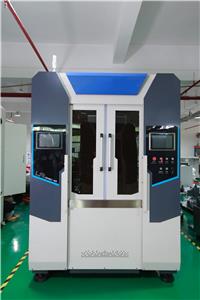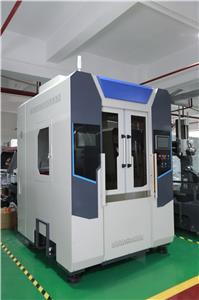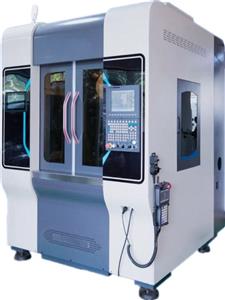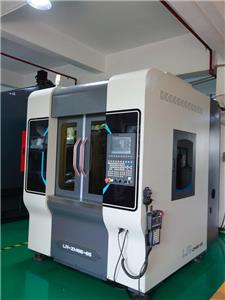- Home
- >
- News
- >
- Industry Insights
- >
- Automated Deburring Systems: The Critical Role of the Deburring Spindle
Automated Deburring Systems: The Critical Role of the Deburring Spindle
As modern industry demands higher quality, automated deburring has become the standard for process consistency. Within any robotic deburring system, the spindle is the "heart" that directly determines the final quality, making the question of how to choose a deburring spindle a critical one for engineers. This guide analyzes the two primary options.
I. Deconstructing the Two Types of Deburring Spindles
The performance of a deburring spindle is fundamental to a system's efficiency and quality. The choice between a rigid and a floating model depends entirely on the application's needs.
--The Rigid Spindle: For Power and PrecisionWith its high stiffness, the rigid spindle excels at tasks requiring significant cutting force, such as removing thick burrs and cutting gates or risers. It strictly follows a pre-programmed path, which demands that workpieces have extremely high consistency and are positioned with great accuracy.
--The Floating Spindle: For Flexibility and IntelligenceThe floating spindle for robotic deburring is an intelligent component designed to handle the inherent dimensional variations of die-cast parts. Its internal structure provides flexible "compliance," allowing the tool to automatically follow the workpiece's actual contour and compensate for errors. This ensures a constant contact force, which is ideal for removing thin burrs and parting line flash without damaging the part.
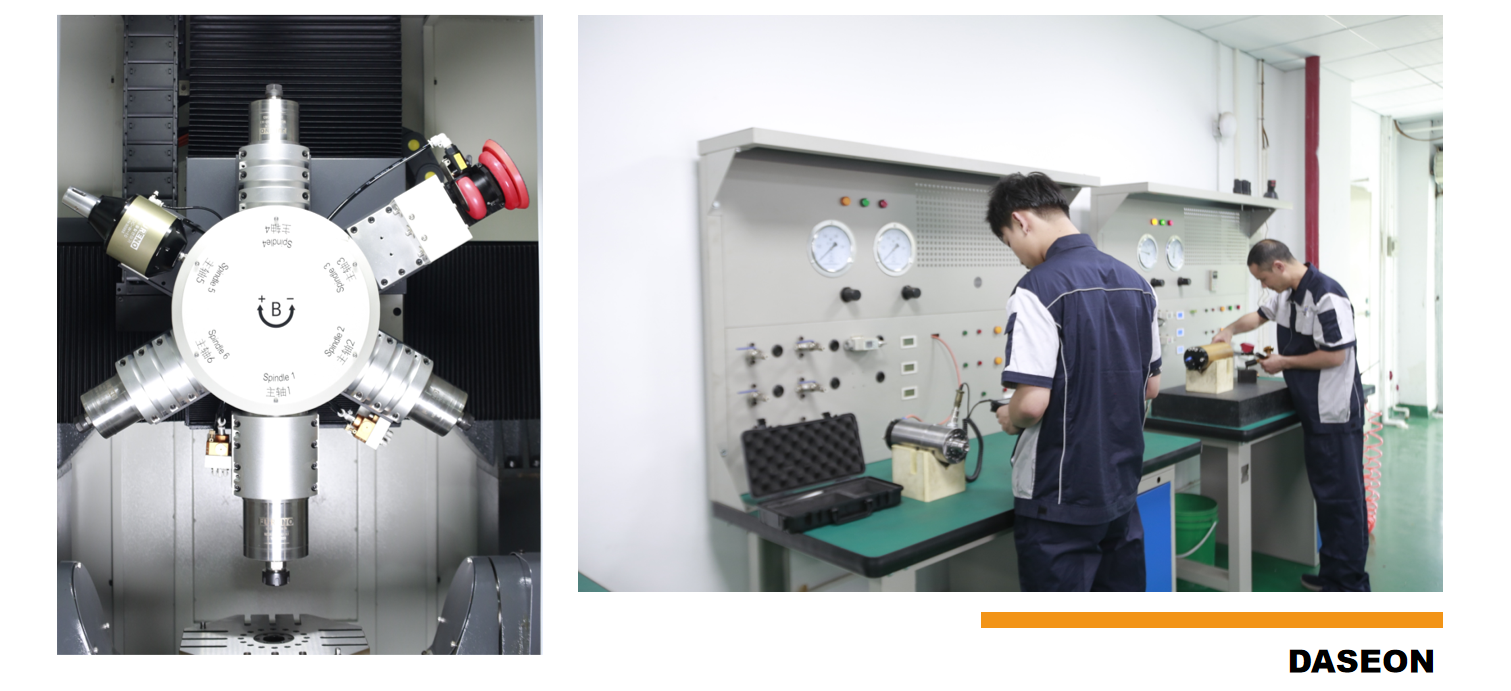
II. The Rise of China's Intelligent Manufacturing in Spindle Technology
In the past, the field of core components for automated deburring was undeniably dominated by brands from Europe and Japan, owing to their deep historical experience.
However, the vigorous development of China as a global manufacturing hub—driven by immense demand in sectors like new energy vehicles and 5G communications—has spurred the rapid rise of local R&D capabilities. Facing complex domestic application scenarios, Chinese manufacturing has demonstrated a unique late-mover advantage, particularly in developing key components. The advanced floating spindle for robotic deburring is a powerful testament to this trend, showcasing significant progress in providing stable, efficient, and highly competitive solutions. This progress is built on market proximity for rapid iteration, exceptional cost-effectiveness, and responsive local service.
Conclusion
In summary, understanding how to choose a deburring spindle—by balancing the power of rigid models with the compliance of floating ones—is key to designing an effective robotic deburring cell. This critical choice directly impacts production quality and will continue to drive the global push toward intelligent manufacturing and flawless results.

